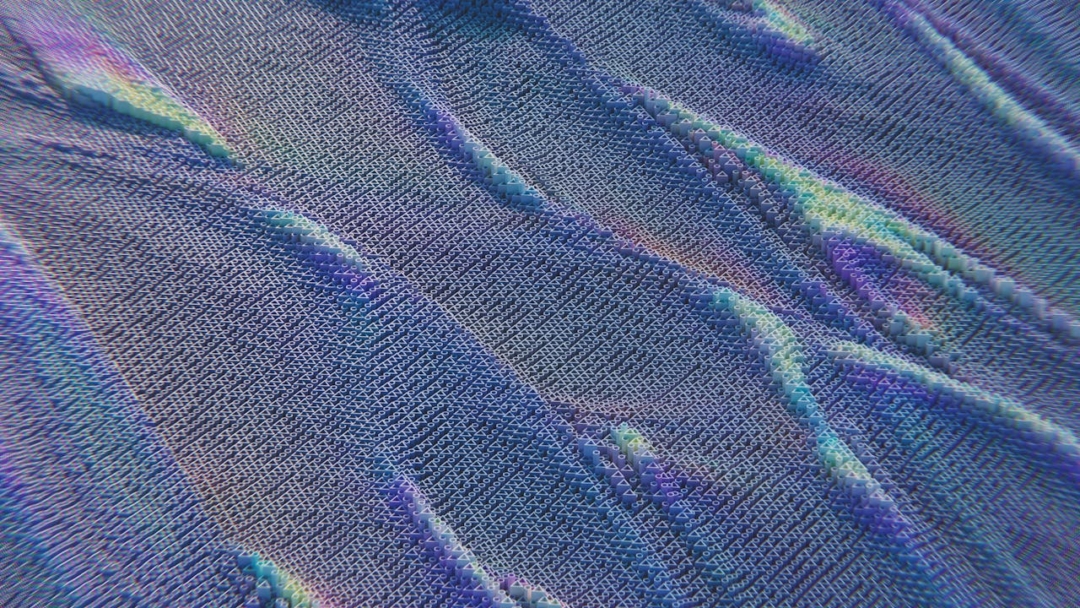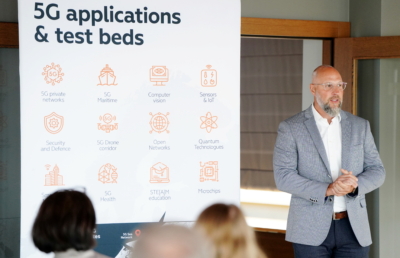The rapid growth of wireless communication networks has revolutionized the way we
interact with the world. However, the demand for secure, high-performance networks is
equally on the rise. Quantum Key Distribution (QKD), a technology that leverages the
principles of quantum mechanics to create unbreakable encryption, represents a key solution to address the security challenges of modern communications.
In 2023, Latvia launched a significant national project “Development of experimental
quantum communication infrastructure in Latvia (LATQN)*”, co-funded by the European Commission, to build a cutting-edge quantum communication infrastructure. This project is led by SJSC “Latvia State Radio and Television Center” (LVRTC), in collaboration with SJSC “Electronic Communications Office of Latvia” (VAS ES), the Institute of Mathematics and Computer Science at the University of Latvia (ICMS UL), and LLC “TET.” It is envisaged that a fully operational QKD network between three of the partners will be developed, integrating this technology with their existing infrastructures.
This project aims not only to establish a secure communication network but also to foster expertise in quantum technologies and develop new services based on this advanced infrastructure. It is foreseen that in the nearest future, this quantum-secured network will be available for use by public institutions, businesses, and individuals alike, marking a new era in Latvia’s communication capabilities.
Wireless Network Vulnerabilities
Wireless networks—whether it is 5G, Wi-Fi, or IoT—have become essential pillars of modern life, supporting everything from personal devices to critical infrastructure in industries like healthcare and finance. However, these networks are increasingly vulnerable to sophisticated cyber threats, including potential future attacks from quantum computers capable of breaking traditional encryption.
The integration of QKD into wireless communication networks is a pivotal step toward securing these systems against such threats. Unlike classical encryption methods, QKD enables the exchange of encryption keys through quantum particles, making it theoretically impossible for eavesdroppers to intercept the keys without detection.
Use Case: Quantum Fusion in 5G, Wi-Fi, and IoT Networks
A crucial aspect of this project is the seamless integration of QKD with wireless technologies like 5G, Wi-Fi, and IoT. VAS ES is responsible for implementing data transmission and simulations across these wireless technologies, examining how QKD can function alongside traditional radio equipment. Special attention is being paid to the interfaces between wireless technologies and optical QKD networks, ensuring smooth communication across both platforms.
One of the main challenges addressed by the project is understanding how external factors affect communication system performance in wireless networks. By identifying which wireless network infrastructures are most susceptible to interference, we can optimize the implementation of QKD in wireless environments, ensuring robust, secure data transmission with minimal disruption. Ultimately, this integration will enhance network continuity and provide secure access to public networks.
To find out more about this use case and its execution, you are invited to attend 5G Techritory forum’s co-creation event “Quantum Fusion: Seamlessly Integrating QKD Optical Networks into Wireless Communication Networks – 5G, Wi-Fi & IoT” on October 30, organized by VAS ES and LVRTC.
Strengthening Europe’s Quantum Communication Infrastructure
Latvia’s participation in this project is part of a broader European initiative aimed at building a robust quantum communication infrastructure across the continent. In 2021, Latvia joined the European Union’s Quantum Communication Infrastructure (EuroQCI) cooperation declaration. This initiative promotes collaboration between EU member states, aiming to ensure that secure quantum communication services are available across Europe. Through this project, Latvia is contributing to the EU’s scientific and technological capabilities while strengthening cybersecurity and enhancing Europe’s strategic autonomy.
* The project “Development of experimental quantum communication infrastructure in Latvia” (LATQN) is co-funded by the European Union under the Grant Agreement No. 101091559) and implemented by SJSC Latvia State Radio and Television Center (LVRTC), in collaboration with SJSC Electronic Communications Office of Latvia (VAS ES), the Institute of Mathematics and Computer Science at the University of Latvia (ICMS UL), and LLC “TET.” The participation of VAS ES is supported also within the framework of the Cooperation Agreement No. IKT/57/2023 of the Ministry of Smart Administration and Regional Development of Latvia.
Follow the project https://www.lvrtc.lv/en/quantum/

*The European Union is not responsible for the content of this page.



